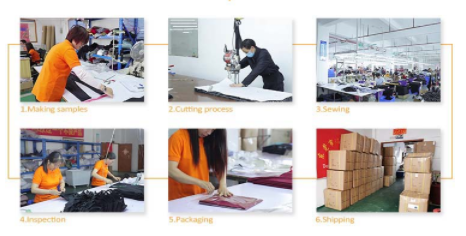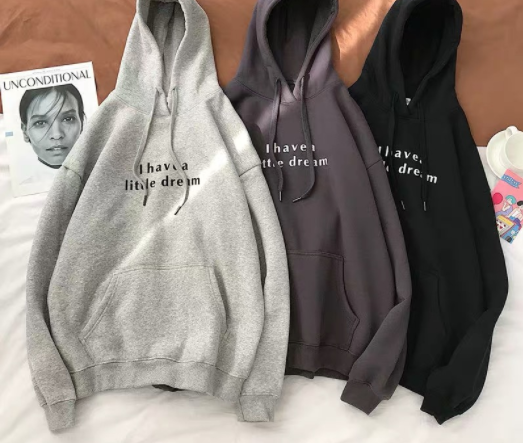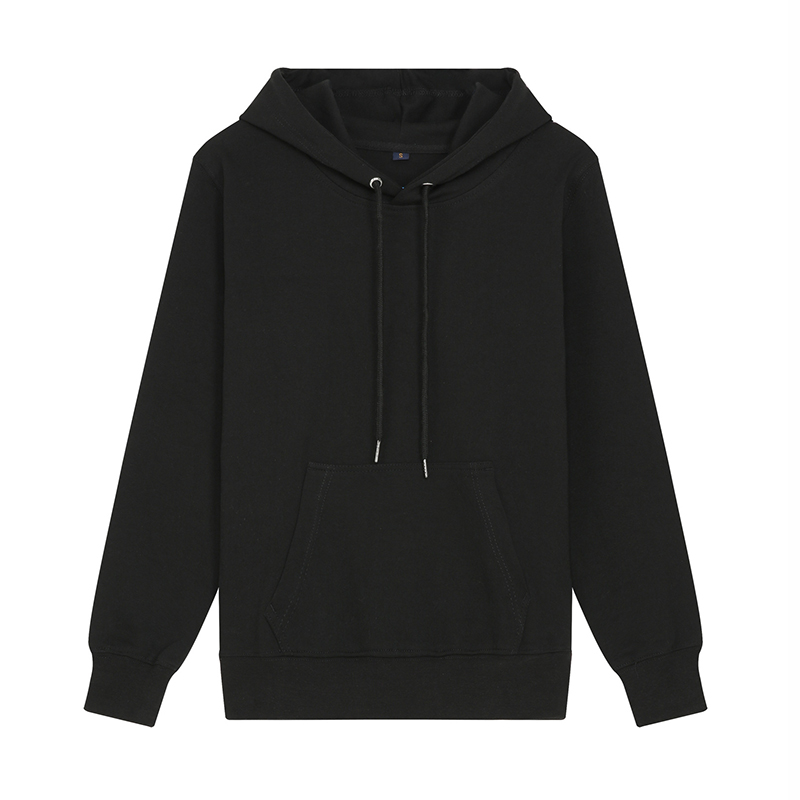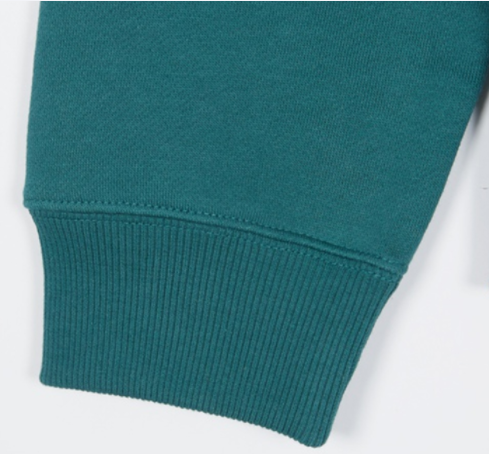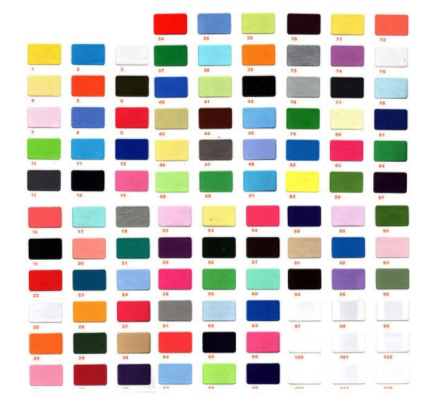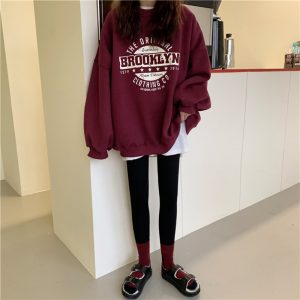
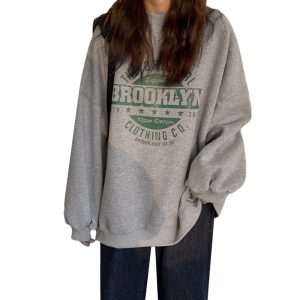
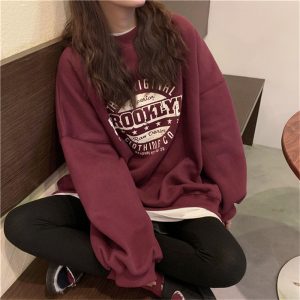
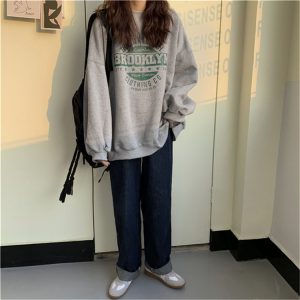
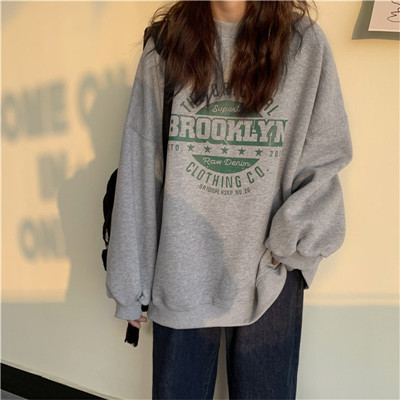
| Product name | Girls School Sweatshirts |
| Use | School |
| Material | Polyester fiber (polyester) |
| Gender | Girl |
| Size | S M L XL XXL XXXL XXXXL Custom size |
| Age Group | Children teens |
| Color | customize as requirement |
| Feature | All-match fashion, loose and casual, the fabric is comfortable and skin-friendly, not easy to pilling |
| Style | Hedging |
| Samples Time | 7-10 days |
| Logo | Be customized |
| Packing | 1pc/polybag |
| MOQ | 100pcs |
| Payment | Paypal.western Union.TT. Trade Assurance |
What are the commonly used fabrics for school sweatshirt?
1. Polyester: Poor air permeability and static electricity will form. It is very uncomfortable to wear. Some even use chemical fiber raw materials, which will even lose the cold-proof, warmth and breathability characteristics of the sweater.
2. All-cotton: It is best to use all-cotton fabrics for sweaters, with long cotton velvet, high chemical fiber flexibility and good quality. Coupled with the combing finishing, the shorter cotton fiber is combed, and the impurities in the cotton material are removed to produce a smooth cotton yarn, which makes the cotton fiber more flexible and not easy to stick to the hair ball.
3. Space cotton fabrics focus on warmth retention. It has the characteristics of being very clean and tidy, cold and warm and light, not easy to fade, non-sticky, heat-resistant and electromagnetic radiation, easy to clean, non-deformation, and it is good for cold and heat insulation. , Heat resistance and other characteristics are much higher than traditional cotton, silk cotton and other materials.
4. Chemical fiber is an abbreviation for synthetic fiber. The key features are bright colors, soft material, stiff hanging pen, smooth and comfortable. Their shortcomings are wear resistance, temperature resistance, water absorption, and air permeability are relatively poor, and they are very easy to deform when heated, and they are very easy to form static electricity.
5. Blending is a textile made by blending natural fibers and synthetic fibers according to the corresponding proportions. Its strengths are that it not only digests the strengths of cotton, hemp, silk, wool and chemical fibers, but also prevents their own shortcomings as much as possible, and is relatively high-quality and low-cost.
6. Velvet: It is a collective term for cut pile silk fabric. The surface layer has plush, most of which are formed by sawing off the professional warp. Because the velvet is parallel and neat, the unique gloss of velvet shows smooth and dark surface materials, but it is easy to generate static electricity.
